15 Germ Hotspots to Avoid In The Grocery Store
There are ways to maintain hygiene while grocery shopping – and some things you want to steer clear of. As seasoned shoppers, we understand the importance of not only selecting the freshest produce and the best deals, but also ensuring a hygienic shopping experience. What are the 15 germ hotspots in every grocery store and how can you handle all that unwanted bacteria.
As a personal observation, we would love if all the store managers had sanitizing wipes available before you get to the carts. Many of our local stores arranged this scenario during the COVID pandemic, and then for some reason, the carts are now before the wipes. We don’t think this makes sense, as our first tip indicates.
1. Shopping Cart Handles: A Breeding Ground for Germs
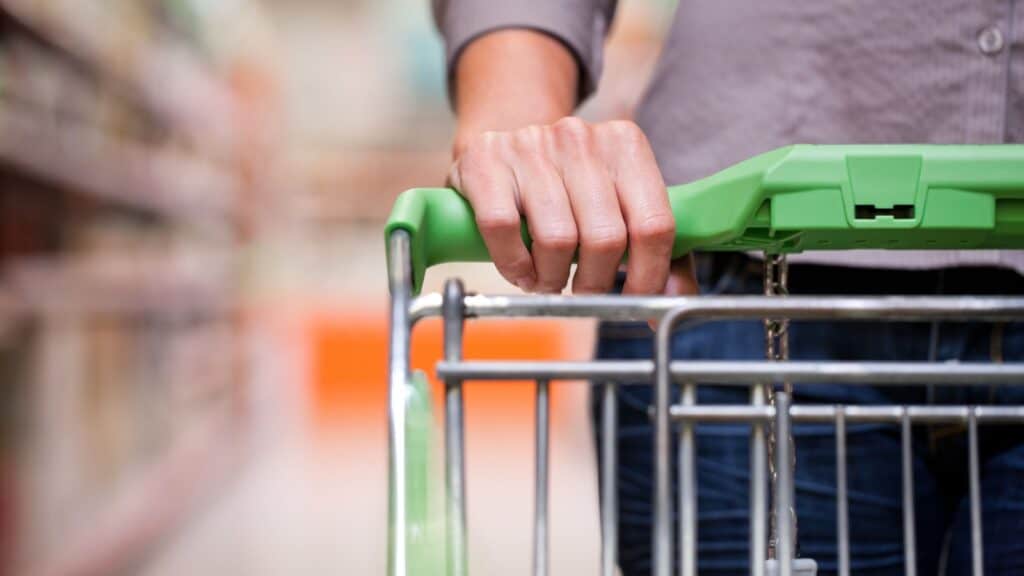
Did you know that shopping cart handles harbor an array of germs? With numerous hands gripping them daily, these handles are often overlooked in terms of cleanliness. A simple wipe with disinfectant before commencing your shopping can significantly reduce the risk of exposure to harmful bacteria.
2. Produce Section Bins
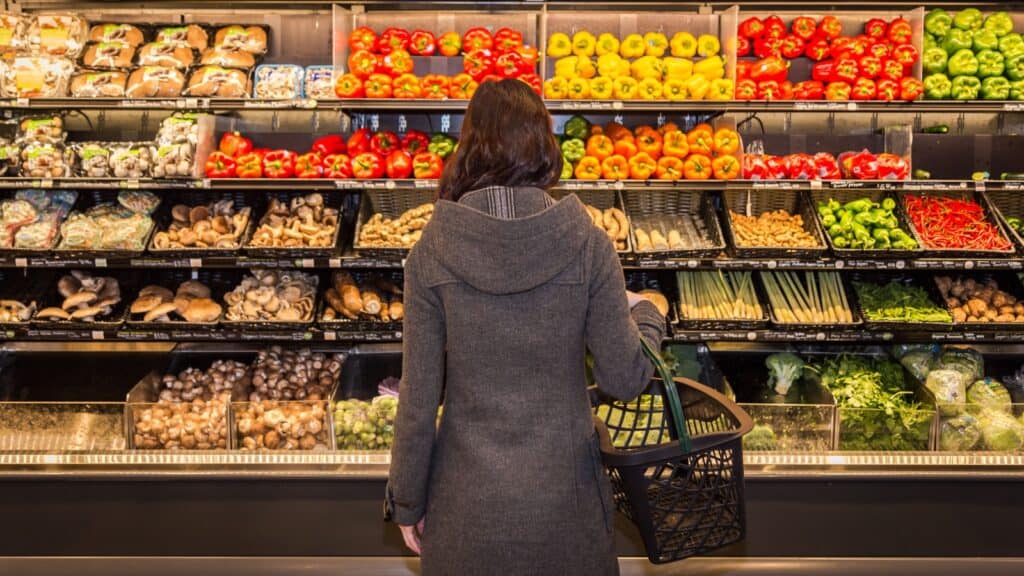
The bins in the produce section, though filled with nutritious fruits and vegetables, are frequently touched by multiple individuals. It’s advisable to wash your produce thoroughly upon reaching home to eliminate any residual bacteria, ensuring both freshness and cleanliness.
3. Bulk Bins: Economical Yet Germ-Prone
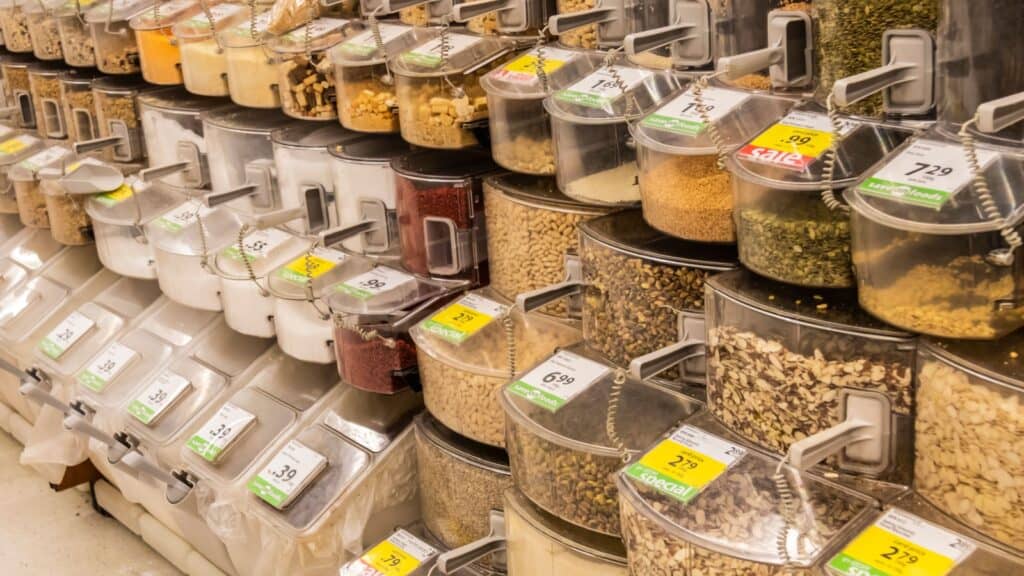
While bulk bins offer economic and eco-friendly shopping options, the scoops and handles within them can serve as breeding grounds for germs. Consider using hand sanitizer before and after scooping to minimize the risk of contamination.
4. Refrigerator Door Handles: Chilly Harbors for Microbes

From dairy products to frozen goods, refrigerator door handles provide a conducive environment for cold-loving microbes. Whenever feasible, use a tissue or your sleeve to open these doors to reduce direct contact.
5. Checkout Conveyor Belts: A Passage for Contamination
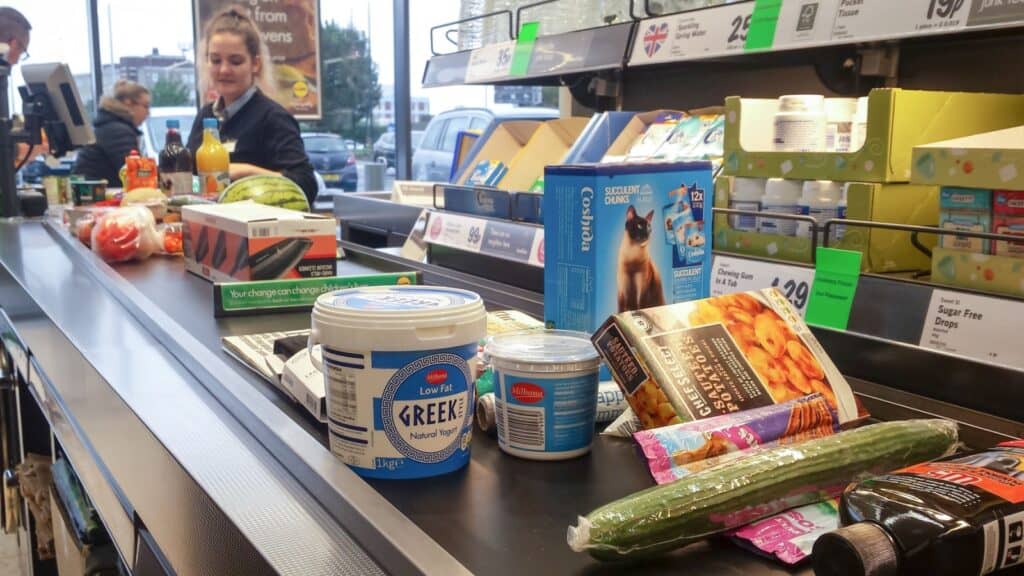
The conveyor belts at checkout witness a procession of groceries, including raw meat and unwashed produce, making them susceptible to contamination. To prevent direct contact, consider placing fresh items in bags during checkout.
6. Credit Card Keypads: Touchpoints of Concern
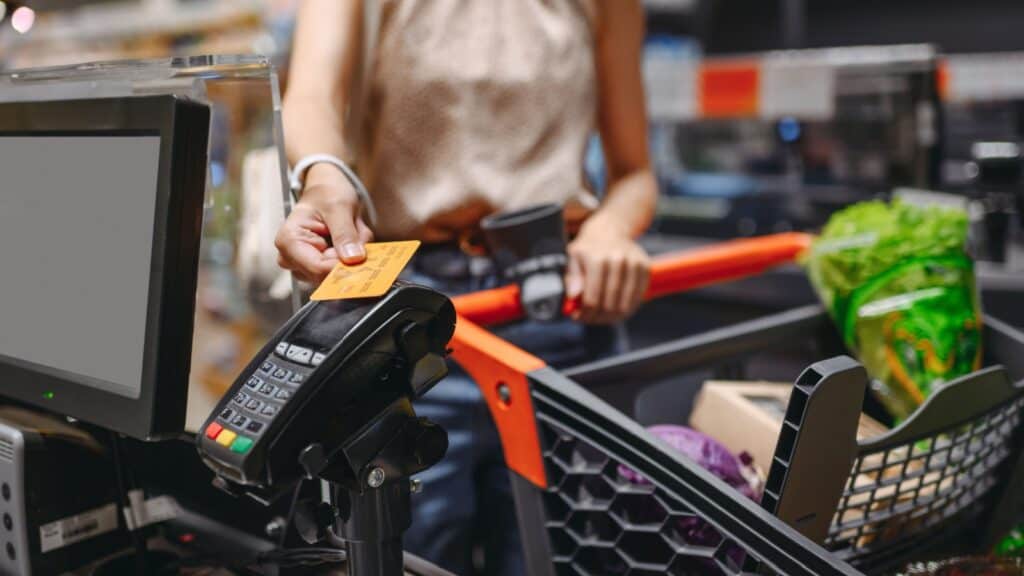
Frequently touched by countless fingers, credit card keypads often evade thorough cleaning. Opt for contactless payment methods to minimize the need for direct contact with these germ-prone surfaces.
7. Grocery Baskets: Small Yet Significant Sources of Germs
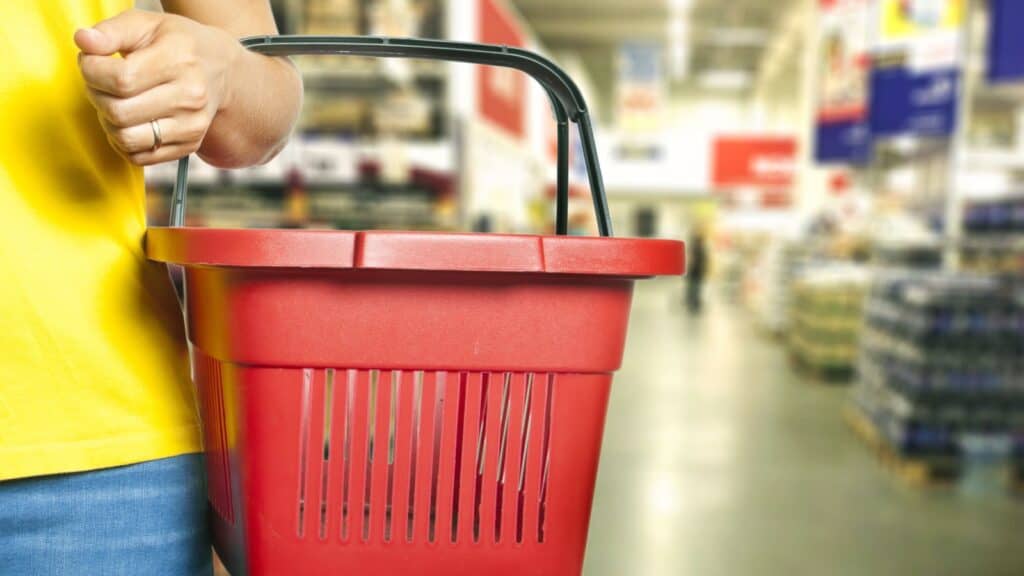
Although smaller in size compared to carts, grocery baskets are handled just as frequently, making them potential carriers of germs. A quick wipe-down before use can provide added protection against unwanted contaminants.
8. Self-Checkout Screens: High-Traffic Tech Hotspots
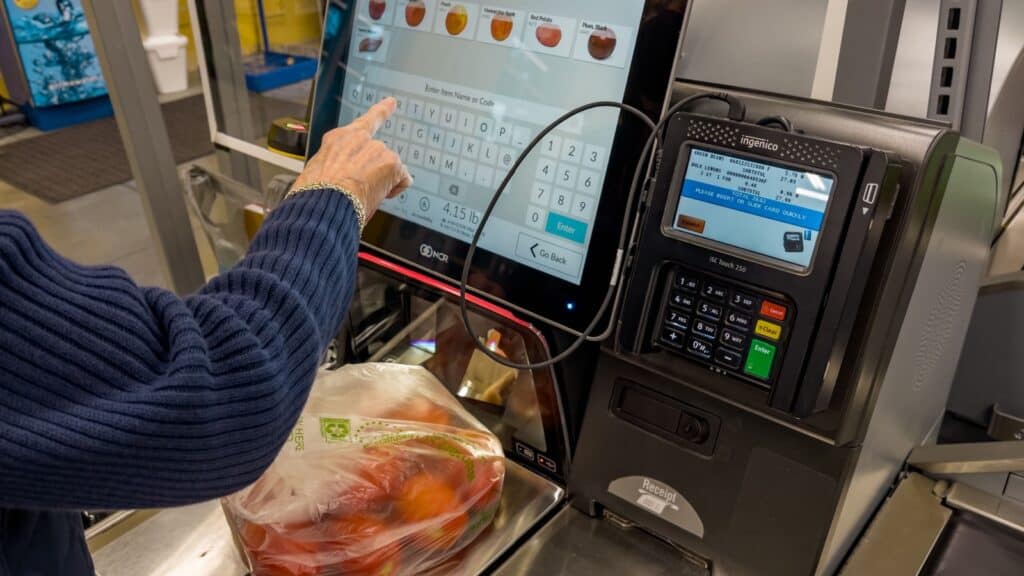
Touchscreens in self-checkout lanes serve as high-traffic areas that often escape thorough cleaning. Carry hand sanitizer to sanitize your hands promptly after completing your transaction. You really do have to think about grocery shopping hygiene throughout the store.
9. Deli Counters: Beyond Culinary Delights

While the offerings behind the deli counter are typically safe for consumption, the glass surfaces and countertops may harbor fingerprints and germs. Exercise caution and avoid leaning on these surfaces whenever possible.
10. Spice and Condiment Stations: Sharing Flavors and Germs
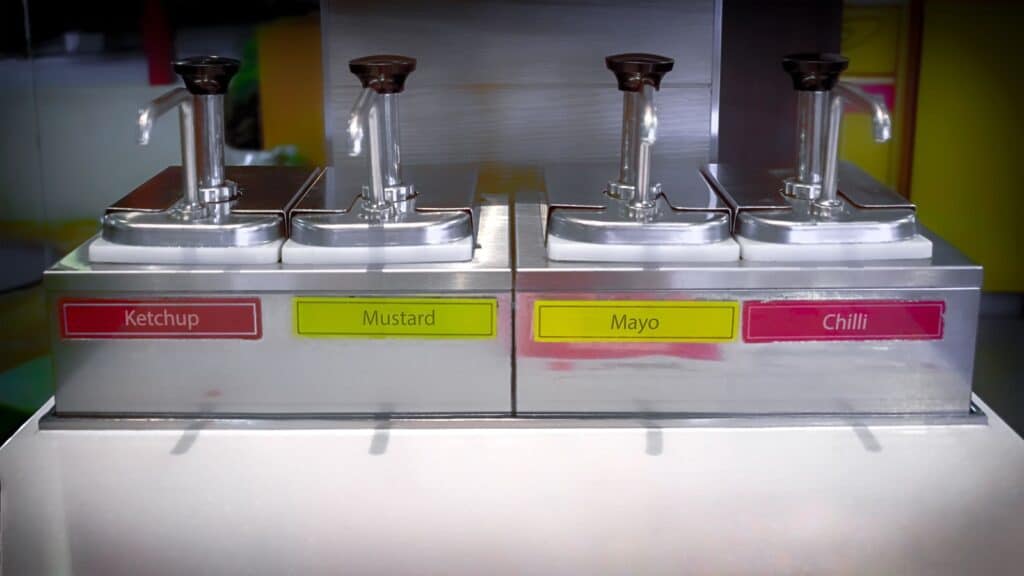
These communal areas not only facilitate the sharing of flavors but also serve as breeding grounds for germs. Use napkins or disposable utensils when handling shared spoons or dispensers.
11. Restroom Door Handles

The restroom door handles in grocery stores serve as obvious hotspots for germs. Always prioritize hand hygiene, especially after restroom visits, to minimize the risk of contamination.
12. Baby Seats in Shopping Carts: Ensuring Safety and Cleanliness

For parents shopping with infants, it’s essential to acknowledge that the baby seats in shopping carts can harbor bacteria. Thoroughly sanitize the seat before placing your child to ensure a clean and safe shopping experience.
13. Salad Bar Tongs & Utensils
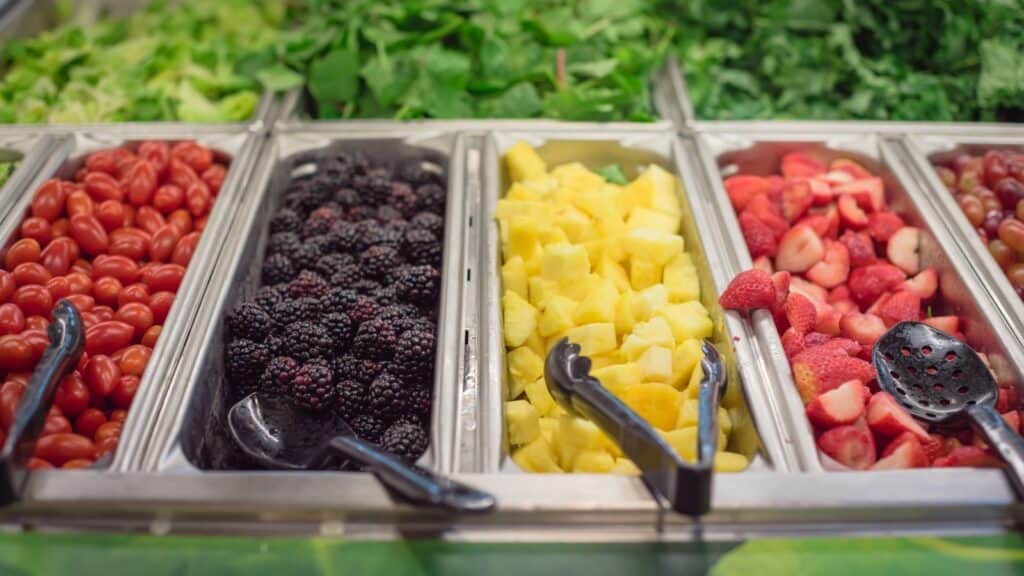
While salad bars offer convenient meal options, the tongs used and various serving utensils may carry germs. After plating your salad, utilize hand sanitizer to minimize the risk of contamination.
14. Cash and Coins: Exchange with Caution
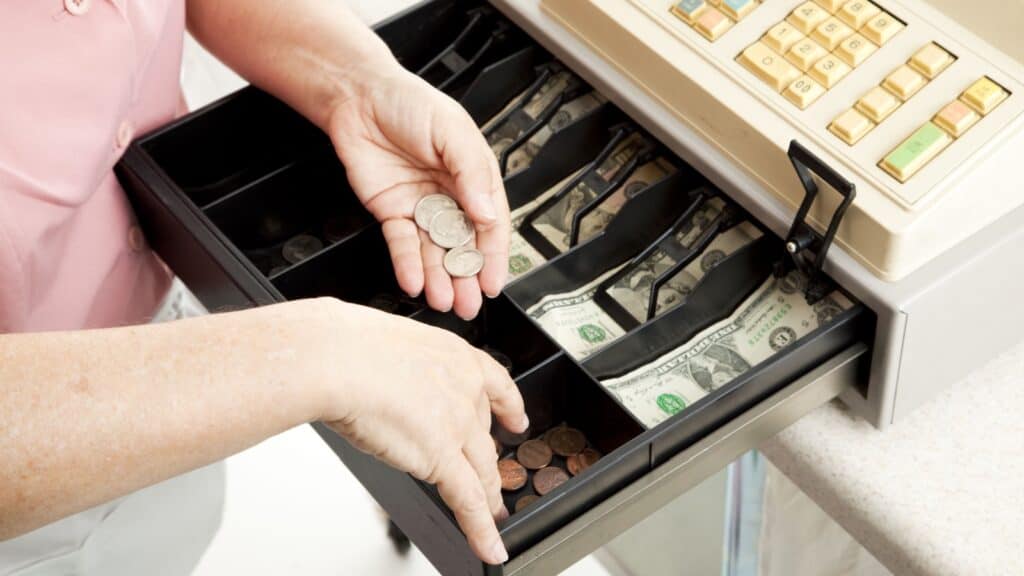
Money undergoes frequent circulation and is seldom cleaned, posing a potential risk of germ transmission. Consider using hand sanitizer after handling cash and coins or opt for contactless payment methods.
15. Magazine and Candy Racks at Checkout: Unseen Sources of Germs

While browsing magazines or grabbing a quick snack, it’s easy to overlook the fact that these items are touched by numerous shoppers throughout the day. Exercise caution and maintain hand hygiene to mitigate the risk of germ transmission.
The Takeaway

Navigating the grocery store landscape can sometimes feel like traversing a germ minefield. However, by adopting simple hygiene practices and raising awareness of common germ hotspots, you can safeguard yourself against potential contaminants. Remember, grocery shopping hygiene is essential for maintaining overall well-being. Happy shopping, and stay clean!
You May Want To Read
- What Is Clean Eating, And Is It A Good Thing?
- When You Eat May Be As Important As What You Eat When It Comes To Irritable Bowel Syndrome
- Why Autoimmune Diseases Disproportionately Affect Women






